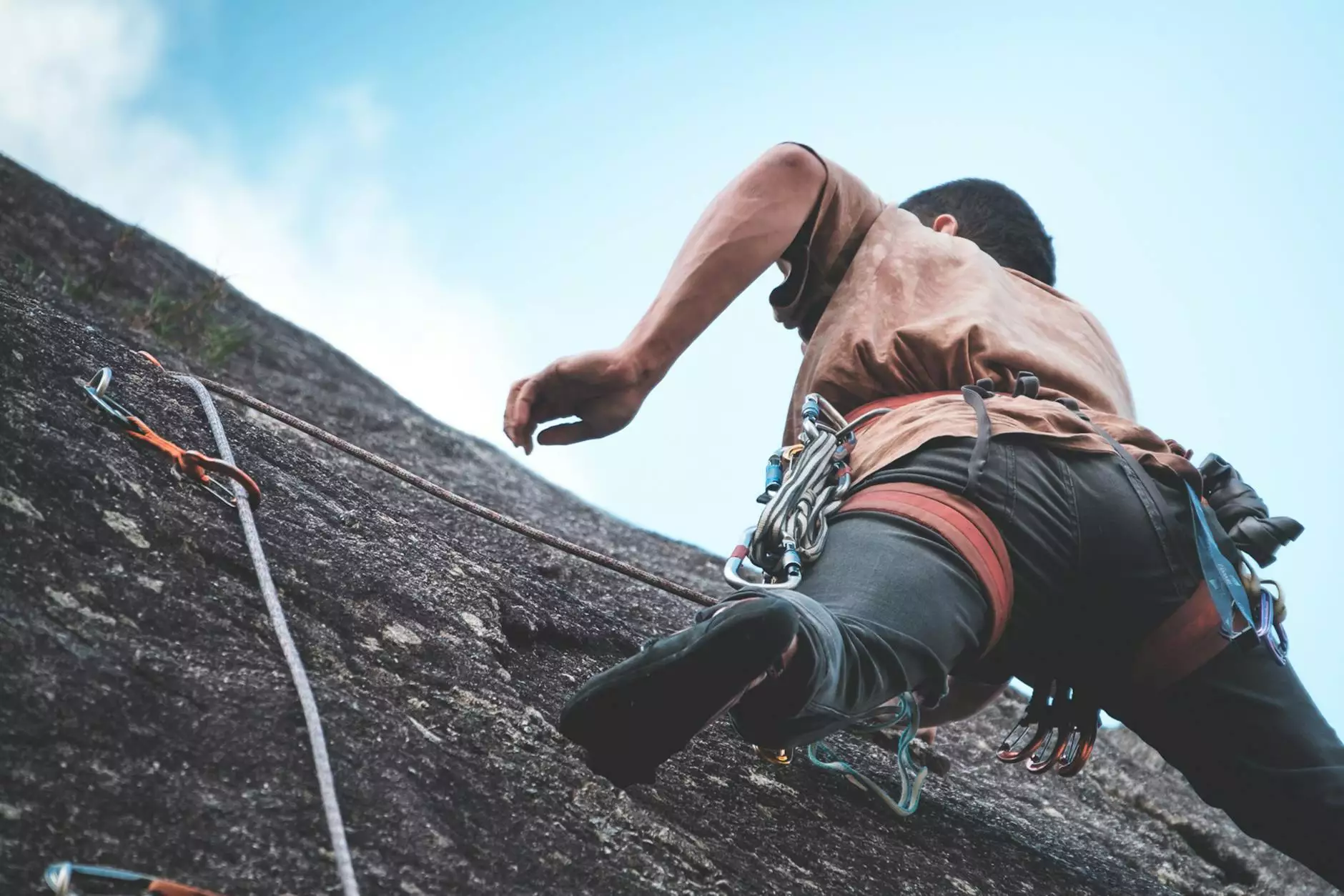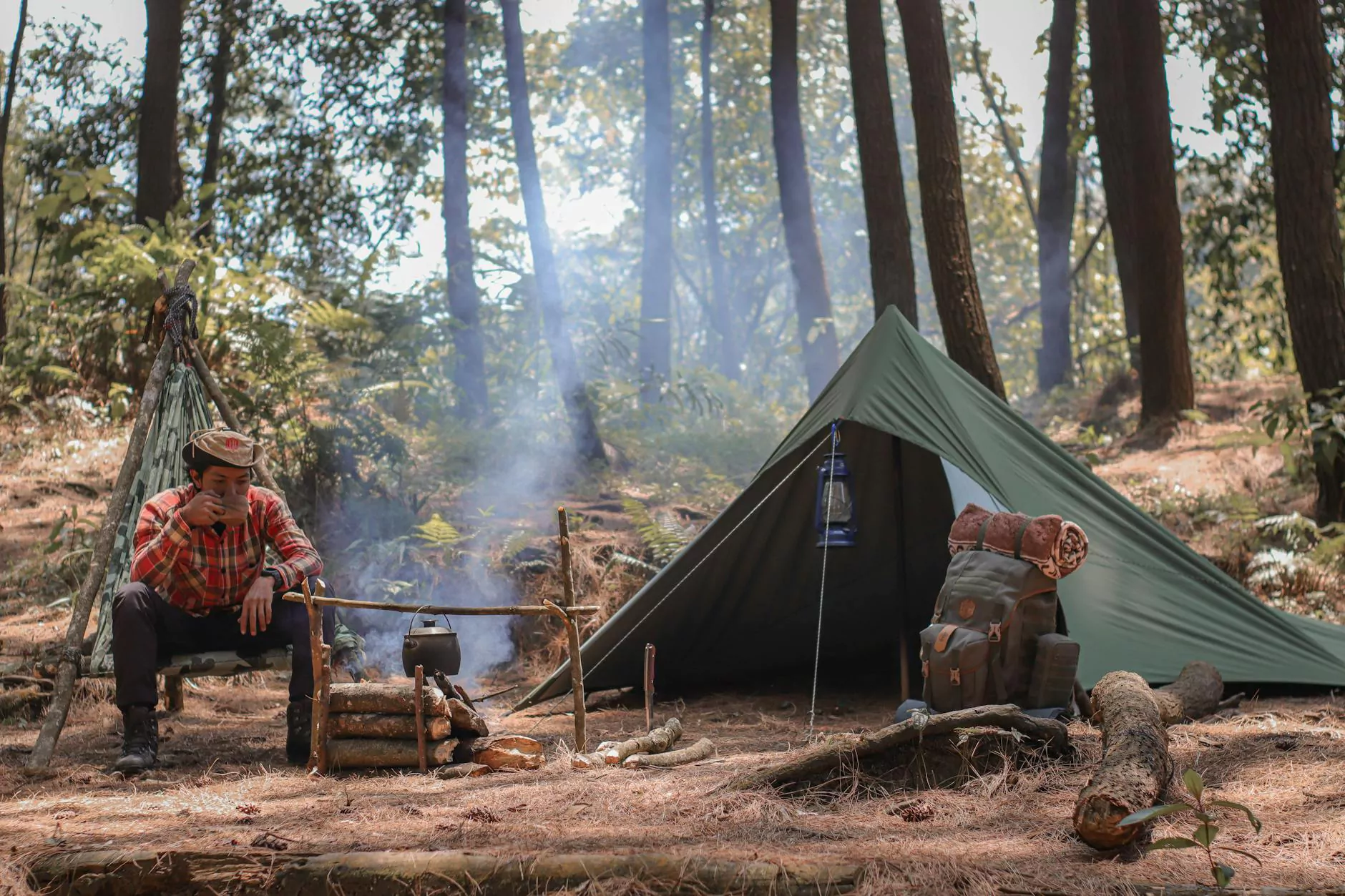A Climber's Glossary

Introduction
Welcome to "A Climber's Glossary" by The Whimsical Wish. In this comprehensive guide, we aim to provide you with a wealth of knowledge when it comes to climbing, including various terms and definitions frequently used in the climbing community.
Why a Glossary?
As a climber, it's crucial to understand the language and terminology that surrounds this exciting sport. Whether you're a beginner or an experienced climber, having a solid grasp of climbing jargon is essential. This glossary aims to help you navigate the vast world of climbing by providing clear explanations and definitions for commonly used terms.
Types of Climbing
Before diving into the glossary, let's briefly touch on the different types of climbing. There are several variations, each with its own set of unique challenges:
- Rock Climbing: This form of climbing involves ascending natural rock formations using physical strength and skills.
- Ice Climbing: Ice climbers tackle frozen waterfalls, ice walls, and glaciers by using specialized gear such as ice axes and crampons.
- Mountaineering: Climbers scale mountains, often enduring extreme weather conditions and high altitudes.
- Bouldering: Bouldering focuses on short, challenging routes called boulder problems, usually without the use of ropes.
- Indoor Climbing: Indoor climbing takes place in artificial environments like climbing gyms and walls, offering various climbing routes for all skill levels.
The Climber's Glossary
1. Carabiner
A carabiner is a metal loop with a spring-loaded gate used to secure ropes, harnesses, and other climbing equipment. It serves as a critical component in climbing systems, allowing for quick and secure attachment.
2. Crampons
Crampons are metal spikes worn on boots to provide traction on icy surfaces. They are commonly used in ice climbing and mountaineering, allowing climbers to safely navigate frozen terrain.
3. Quickdraw
A quickdraw is a set of two carabiners connected by a strong fabric or nylon sling. It facilitates easy clipping and prevents rope drag when lead climbing, providing a safer and more efficient climbing experience.
4. Belay
Belaying is the act of controlling the climbing rope to protect the climber in case of a fall. It involves a belayer managing the rope's tension, ensuring the climber's safety during ascent and descent.
5. Gri Gri
The Gri Gri is a popular type of assisted braking device used by belayers to catch falls. It provides an extra layer of safety by automatically locking the rope when excessive force is exerted, preventing a climber from falling too far.
Conclusion
We hope this Climber's Glossary has provided you with valuable insights into the terminology used in the climbing world. Whether you're a novice climber or a seasoned pro, understanding these terms will enhance your overall climbing experience.
Remember, climbing can be an exhilarating and rewarding pursuit, but it's essential to prioritize safety. Always seek proper training, use reliable equipment, and climb with experienced individuals whenever possible.
Start your climbing journey with The Whimsical Wish, where we offer a wide range of climbing gear, apparel, and expert guidance to help you reach new heights. Explore our eCommerce & Shopping category for the best climbing equipment on the market.









